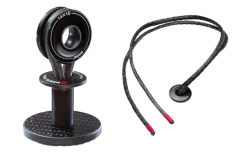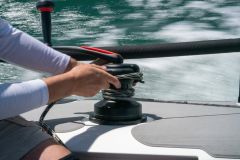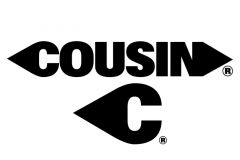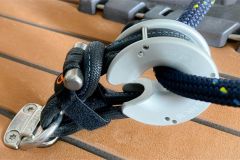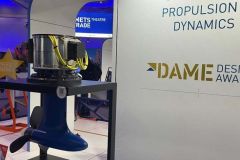History and Concept
The principle of constrictor is to dispense with the metal parts of traditional blockers in favor of a textile sock. A braided Technora® aramid fibre sheath closes under tension on the rope and blocks it. The higher the tension, the more effective the blockage. Unlike metal cleats, the end is not crushed between two cams, which limits wear. To release the rope, simply retract the sheath, which is possible even with heavy loads.
Launched in 2011, it was awarded at METS in 2011 and received a Pittman Innovation Award across the Atlantic in 2012.
A start through the race
As is often the case with innovations, offshore racing was the Constrictor's first market. Teams are now the biggest users, according to Aurélien Bonheure de Cousin-Trestec. Constrictor textile blockers can be found on Mini, Maxi, IMOCA or multihulls. The teams are impressed by the simplicity of the product and the resulting reliability.
A timid start in yachting
If the race was convinced, the yachting market remains more modest. For the time being, it is mainly a replacement product. According to Mr. Bonheure, the shipyards are not yet in great demand of the Constrictor, but they are gradually coming to it.
In total, several thousand Constrictors are sold each year by Cousin-Trestec. There remains a modest share of the company's turnover.
New versions
Cousin-Trestec is now working on the product to expand its market. In particular, a built-in version has been developed.
The Cousin Trestec R&D department is currently working on new technical developments for Constrictor, extending the range to larger diameters and increasing grip power.




